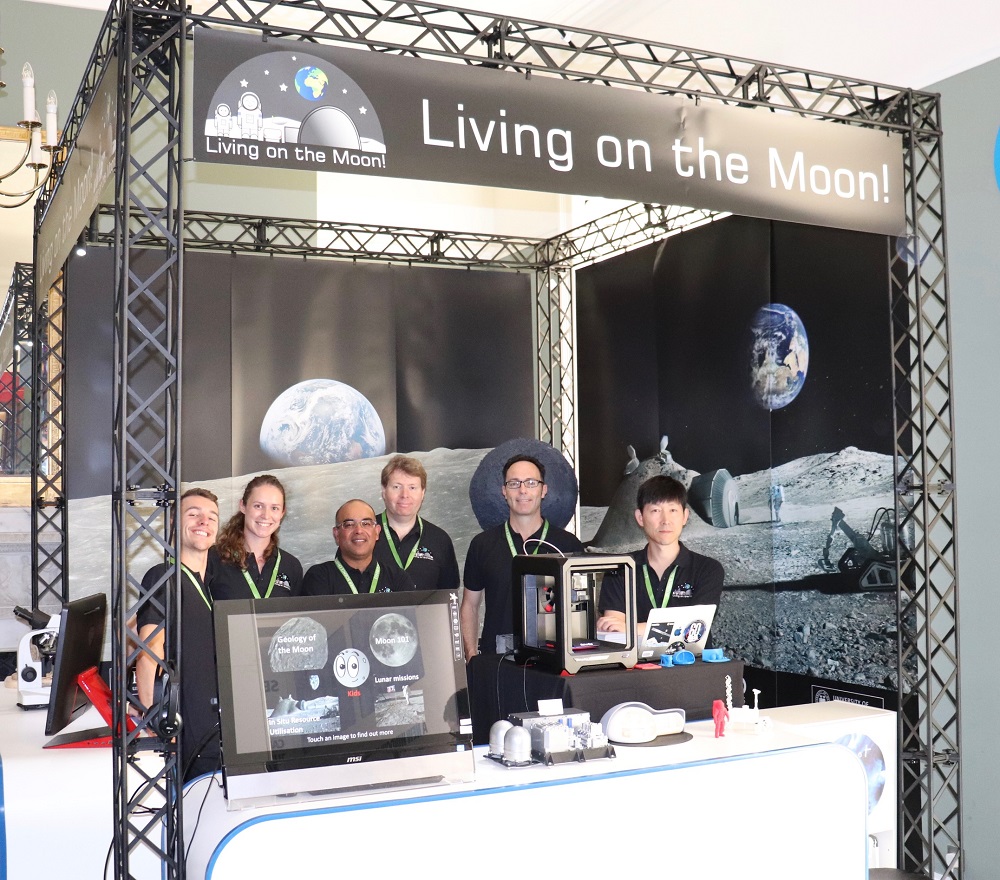OU News
News from The Open University
- Home
- OU’s Lunar scientists take a look at living on the Moon
OU’s Lunar scientists take a look at living on the Moon
Posted on • Space

A team of UK scientists, led by The Open University, are revealing research which brings the possibility of living on the Moon much closer.
The Living on the Moon! exhibit at the Royal Society Summer Science Exhibition (1-7 July), created by a consortium of 5 UK institutions, brings together lunar research from the past 50 years and showcase cutting-edge technology that paves the way for future lunar exploration over the next 50 years.
A 3D-printed model of a chemical laboratory called ProSPA, which will enable scouting of the Moon’s surface to establish if it is possible to extract water from Moon dust, will be unveiled at the exhibition alongside research looking at the possibility of using microwaves to process lunar dust to build 3D-printed structures.

The team is being led by renowned lunar scientist, Dr Mahesh Anand, Reader in Planetary Science and Exploration at The Open University who was among the first scientists to discover water in lunar samples.
He said: “Over the past 50 years since the Apollo 11 Moon landing there has been a lot of research. We have analysed lunar samples brought back by the astronauts and new discoveries are still being made.
“I think discoveries made in the last five years have made it much more likely that we will see people going to the Moon for extended periods of time in the not too distant future. There is definitely a global demand for this as many more powers enter the space race.”
“As well as the 3D printed models, we will have some of the Apollo samples on display and visitors will also be able to see (and hold!), for the first time, a 1.3 kg lunar meteorite, about the size of a small rugby ball, which was found recently in North West Africa.”
There will also be on display a prototype of an instrument used in the Rosetta expedition to a comet; heritage for ProSPA developments.
Visitors will also get the chance to explore the surface of the Moon through virtual reality and examine lunar samples under a microscope. They can also operate a lunar rover on the surface of the Moon, using virtual reality and take a look at a real bit of the Moon, the largest piece in the UK.
Find Out More
For a guide to what can be seen at the Living on the Moon! exhibit follow the link.